True Story Of WWE ECW
Full story of WWE ECW
The original Extreme Championship Wrestling ran its final show on January 13, 2001. A non-televised event in Pine Bluff, Arkansas, the show attracted 1,300 fans and was headlined by a hardcore match between Justin Credible and The Sandman. Though not officially advertised as the trailblazing group's swansong, there was a definite sense among the wrestlers and staff that this was the end of the road. ECW was well and truly in the red and had been circling the drain for a while. No future shows were scheduled. Mounting debt, coupled with their inability to secure a new television deal and the departure of most of their top stars, meant that it could no longer conceivably continue.
When head honcho Paul Heyman showed up to replace the recently departed Jerry Lawler on commentary on the March 5 episode of WWE Raw, the death of ECW was no longer in doubt. Three weeks later, World Championship Wrestling would be sold to WWE and the world went from having three major North American promotions to watch, to a solitary one. Vince McMahon had a monopoly and, soon enough, many of the remaining ECW stars signed on with his outfit for the ill-fated Invasion. As we all know, the ECW and WCW Alliance lost that war, too, and everyone officially became WWE Superstars by the end of 2001.
Fans continued to chant those three letters as Rob Van Dam, Tommy Dreamer and the Dudley Boyz did their thing on the big stage and a handful of independent companies like XPW, 3PW, and early MLW tried to recapture the spirit of the much-loved outlaw organisation.
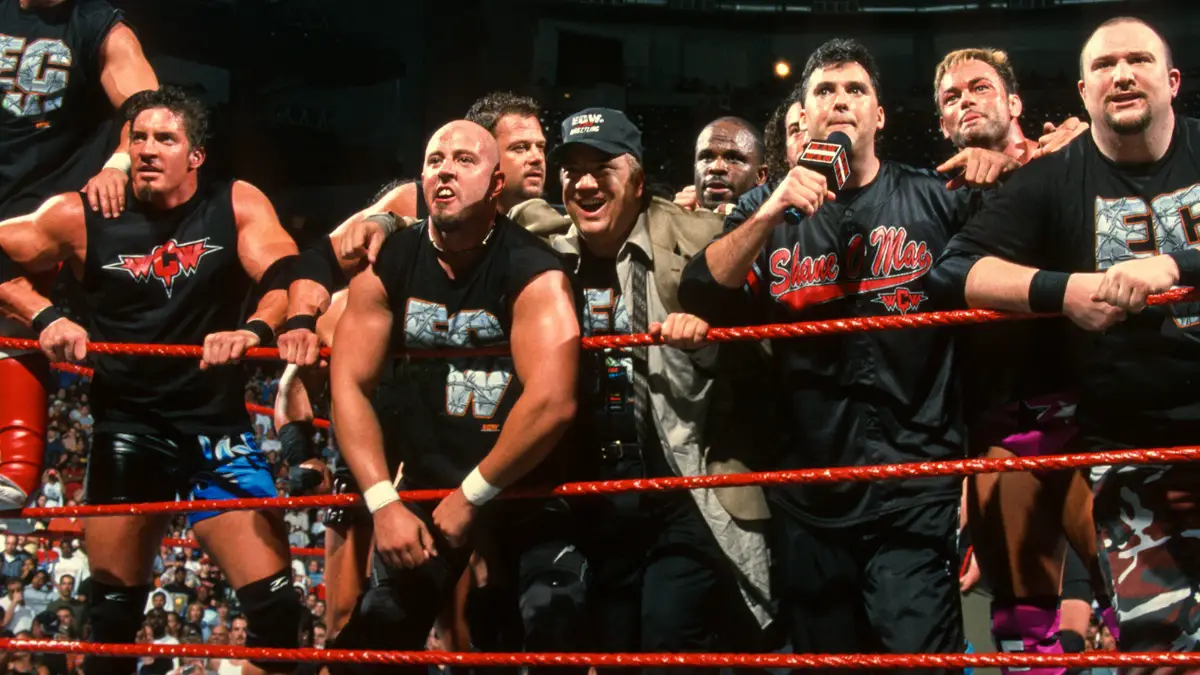
There was still an audience for ECW, something that WWE was well aware of when they purchased its trademark and tape library during protracted bankruptcy proceedings in 2003.
So, WWE had the footage, the names and likenesses and all sorts of other intellectual property and they had a bunch of guys and gals who performed for the original ECW under contract. Thankfully, WWE did something exceptional with it, putting together a sensational documentary retrospective entitled The Rise and Fall of ECW, which was released in November of 2004. A no-holds-barred look at the promotion, from its humble beginnings to unimaginable success and eventual collapse, the double-disc DVD set was well received by fans and critics alike and quickly became WWE’s best-selling home video release, staying that way for a long time.
Based on the enthusiastic recommendation of RVD, plans were then hatched to stage a one-off ECW reunion show. Pulling together everyone who had worked for the Heyman-led promotion in the past, as well as reaching out to ECW mainstays for one-shot deals, WWE presented One Night Stand live from the Hammerstein Ballroom on June 12, 2005. A snapshot of everything that fans loved about the original, One Night Stand had high-flying lucha libre, outstanding technical wrestling, wild brawling and over-the-top characters. And to top it all off, Eric Bischoff got beat up a lot.
It wasn’t just the 2,500 in the arena that night who were into it, either, because the pay-per-view attracted 340,000 buys, a great number that was stronger than many of WWE’s pay-per-views that year. Pretty much a home run all around, if you ignore one wrestler getting smashed and going into business for himself by attacking another, completely unsuspecting wrestler that is.
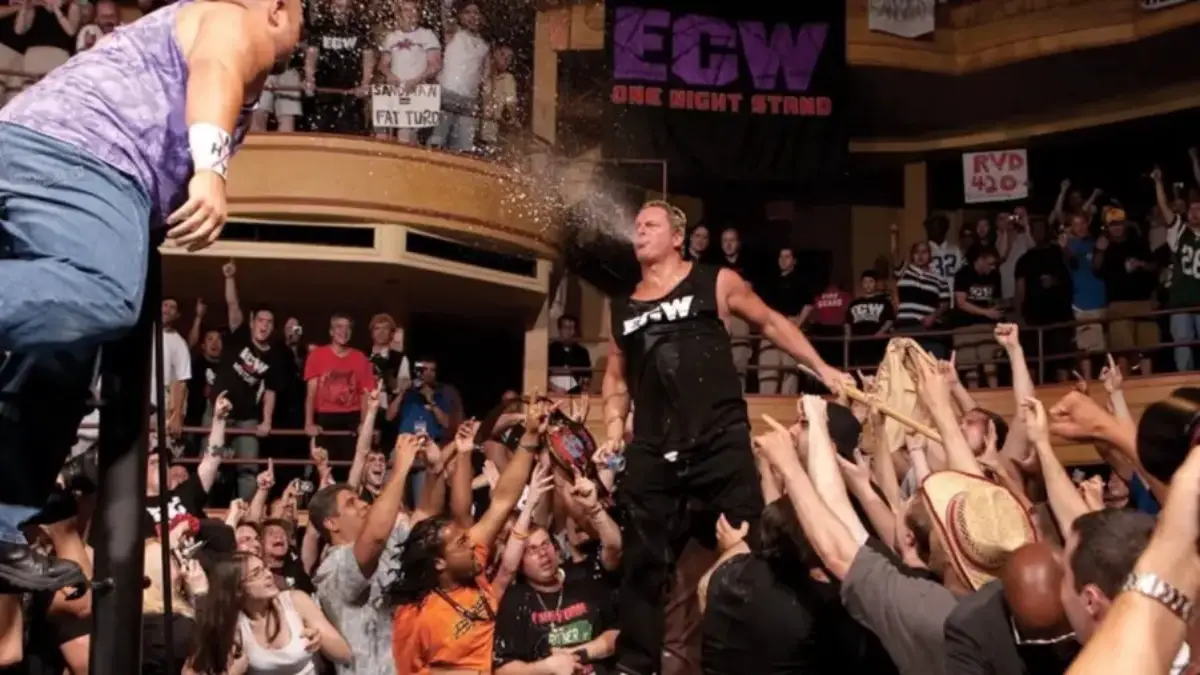
With the DVD, pay-per-view and other ECW merchandise printing money for WWE, it was clear that there was a market still there and rumours began circulating not long after One Night Stand that WWE were considering bringing it back full-time as a third brand. The idea was that ECW would come back and sit alongside Raw and Smackdown, but WWE would keep the integrity of the original alive by scaling back the production, running smaller venues and allowing the talent more creative freedom when it came to laying out their matches and storylines.
Though the discussions were reported on for months, the news wasn’t confirmed until May of 2006. ECW was coming back under the WWE umbrella and, not only was it coming back, it was going to have its own live one-hour show on the Sci-Fi channel. Initially getting the green light for a 13-episode run throughout the summer of 2006, the show debuted on Tuesday, June 13, coming in the same week as a WWE versus ECW special and the second One Night Stand pay-per-view. Commercially, the debut episode was a huge success, generating the best ratings on cable for any show in the same time slot. Sci-Fi executives were so happy with the numbers that they happily extended the order for the number of episodes.
Artistically, however, it was a disaster. First, WWE stars like Edge and John Cena were all over the show. New acts like exhibitionist Kelly Kelly or creature of the night Kevin Thorn failed to impress. The show was main evented by a naff Extreme Battle Royal. Worst of all, a character called The Zombie made an appearance at the behest of Sci-Fi network executives who wanted to throw a bone to their usual audience.
There were a couple of positives, such as RVD being presented with the old ECW World Title and Kurt Angle looking like a killer by squashing Justin Credible, but overall the response to the show was not good.
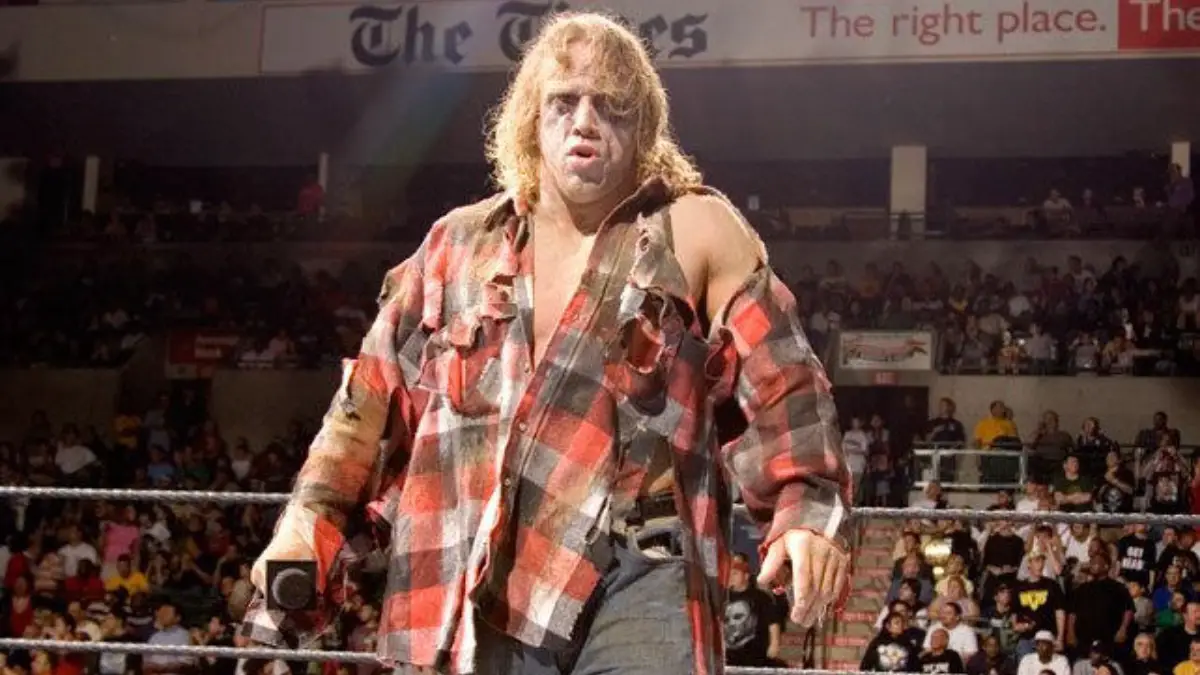
Already, the cracks were starting to appear and it was obvious that this version of ECW would have WWE’s greasy, meddling fingerprints all over it. It was their TV show, after all. But for fans of the original, it was a sobering wake-up call as they realised that the thing they loved so much would be the same in name only.
Behind the scenes, trouble was also brewing. Paul Heyman clashed openly with WWE executives over the direction of the show, creating a tense backstage atmosphere. Rob Van Dam was suspended and forced to drop both the WWE and ECW titles in the same week – less than one month after winning them – after he and Sabu were pulled over and arrested for driving with drugs in their possession. Kurt Angle, one of the real ‘gets’ for the fledgling brand, left the company in a cloud of controversy just a couple of months in.
WWE continued to be as tone-deaf as you could imagine too, booking their own guys like Kevin Thorn, Mike Knox, Hardcore Holly and Test as the true stars, ahead of the ECW originals who were, let's face it, brought in to be little more than glorified jobbers.
Some early positives included the debut and rise of CM Punk, the surprisingly strong push for the enigmatic Sabu, and the occasional decent match, but that was about it. Before long, WWE felt the need to import the likes of Batista, Booker T and DX. All of that stuff about protecting the integrity of the original ECW and building the company around a new group of stars turned out to be hollow promises.

Things weren't great but the show chugged along to its first brand-exclusive pay-per-view – December to Dismember. This would prove a turning point for the brand, and not in a good way. The show was a catastrophe.
With only two matches advertised as they went on the air, WWE cobbled together a card that was, to be blunt, an insult to the paying customer. It was house show calibre and that’s if we’re being generous. The show’s main event – an Extreme Elimination Chamber match – encapsulated everything that was wrong with the product at that time.
Sabu, who had apparently been causing headaches backstage, was removed at the last minute and replaced with Hardcore Holly, and the match was won by Bobby Lashley, a demonstrably less popular choice than Punk or Van Dam. The upshot was the show did 90,000 buys – the worst in history until the advent of the WWE Network. Stevie Richards and Tommy Dreamer asked for their releases and Paul Heyman was actually sent home after a huge blow-up with Vince McMahon.
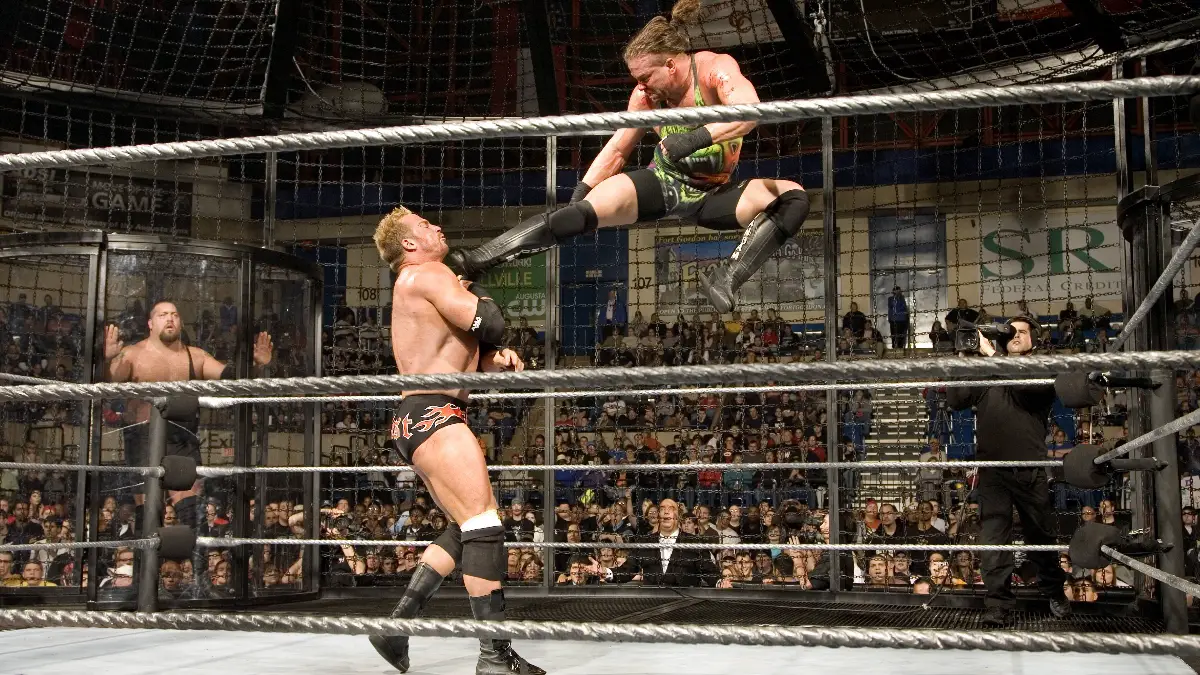
Following December to Dismember – the one and only WWE ECW pay-per-view event – the show was built around Lashley, Test, WWE guest stars and an ECW Originals versus New Breed feud that was designed to get the likes of Elijah Burke, Matt Striker and Marcus Cor Von over.
A year after its hopeful unveiling, Rob Van Dam, The Sandman, Sabu, and a lot of the other originals were gone. Vince McMahon had been ECW Champion. Lashley had moved on to bigger and better things. An absolutely knackered Big Show had left. The Benoit tragedy had happened.
From that point forward, the show took on a new look and feel. The hardcore matches were toned down and then phased out and the programme was built around future stars like Punk, Burke, John Morrison, Kelly Kelly and The Miz. It was clear that ECW was now the lowest show on the totem pole, a place for prospects to go and learn and work with less pressure before the eventual call-up to Raw or Smackdown.
Over the next couple of years, talents like Kofi Kingston, Sheamus, Evan Bourne, Jack Swagger and Zack Ryder would get an opportunity to shine there, while established pros such as Christian, William Regal, Matt Hardy, Shelton Benjamin and Mark Henry would be on hand to aide their development.
It was far removed from what we had seen for those first few months in 2006, but the newer ECW was, in its own way, a success. Though ratings had dipped, they remained steady and when it came to tri-branded pay-per-views, ECW was always represented.
Interest was undoubtedly waning, though, and on February 2, 2010, Vince McMahon announced that ECW was going to be cancelled, with its last show taking place two weeks from then, to be replaced by a new, supposedly ground-breaking show. On the final episode of ECW on Sci-Fi, Big Show and Miz retained their WWE Tag Team Titles over Goldust and Yoshi Tatsu, while Ezekiel Jackson, a WWE pet project if there ever was one, downed Christian to become the last-ever ECW World Champion.
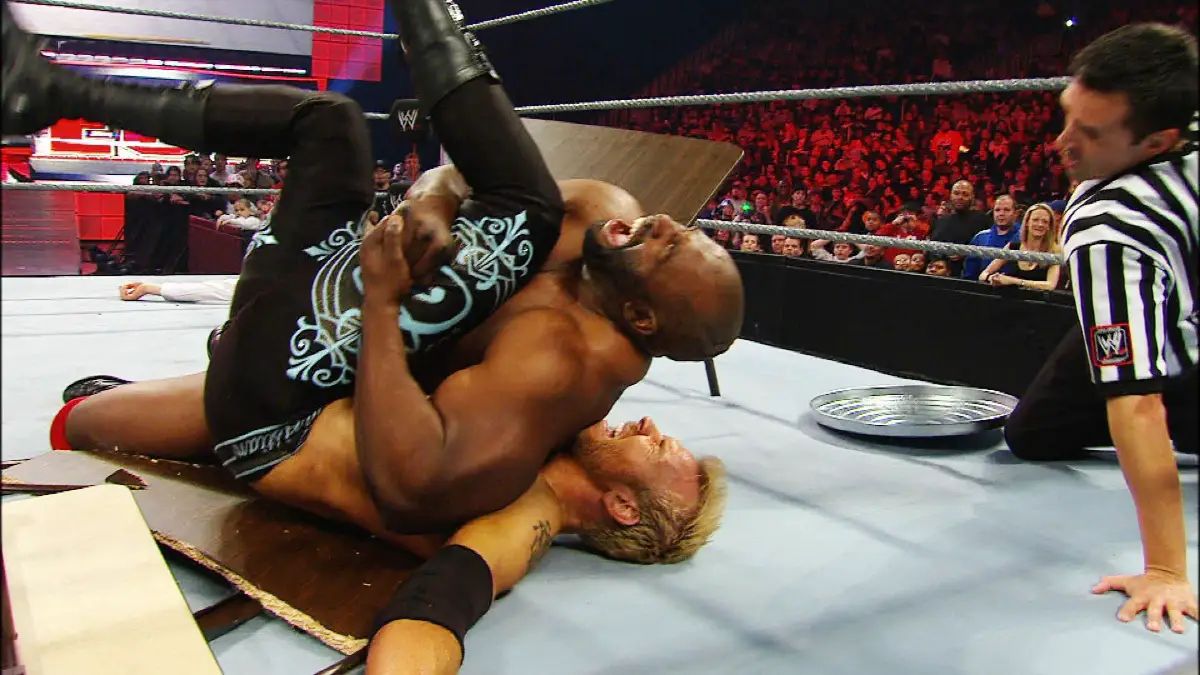
And that was that. Like the original ECW, WWE’s version of it had gone out with a bit of a whimper, having initially started out as an alternative, it limped to a finish that had been a long time coming.
WWE ECW was then replaced by the game show version of NXT that teamed up rookies and pros and introduced us to the likes of Daniel Bryan, Wade Barrett, AJ Lee and others. Table breaking had been replaced by barrel racing. Thumbtacks and barbed wire by obstacle courses and kissing contests.
The decision to revive ECW as a third brand was something that, on the surface, made sense. It was still popular, a lot of the principals were still around and willing to contribute and with it they could present a different type of product that served a niche. We can’t forget that TNA was gaining traction at that point in time and WWE may have been feeling the heat a little.
It was mishandled from the start, though, and, to be honest, WWE may as well have introduced a completely new third brand so as to avoid comparisons to a promotion that had such a strong, almost cult-like following.
It could never have lived up to something that grew so organically and was so influential during a much different time in the business.
The legacy of WWE’s ECW is that it gave starts to some talents who would go on to be main event players in the business, while offering second chances for others who were perhaps on a downswing in their careers but were still able to contribute in a positive way.
The relaunch of ECW also serves as a cautionary tale for anyone trying to recreate something that belonged to a specific place and time and the intangibles of which cannot be offhandedly explained.
WWE’s ECW wasn’t all bad, but they were maybe a little foolish to think they could take the concept and make it their own while matching if not bettering a product that was genuinely cutting edge and left a distinct mark in the industry.
It’s been almost two decades since the original ECW closed its doors and fans still chant E-C-DUB to this day. None of them are chanting it because they have fond memories of Gene Snitsky or Ricky Ortiz.
